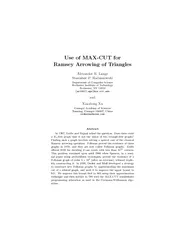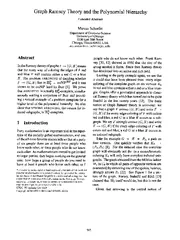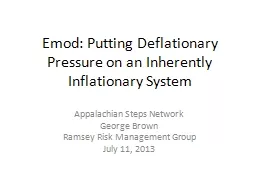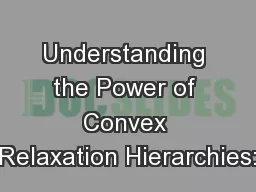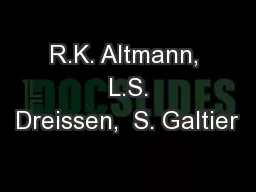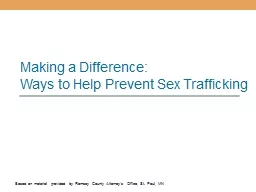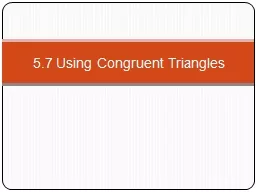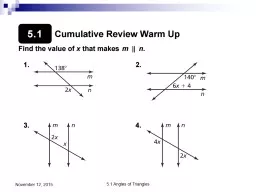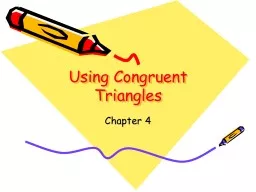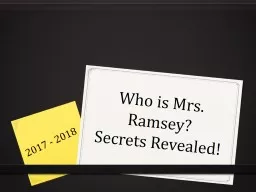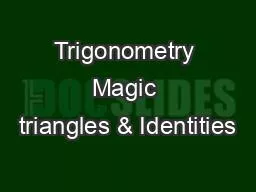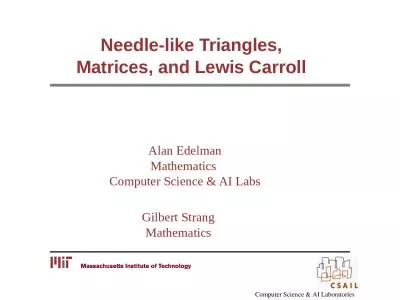PDF-Use of MAXCUT for Ramsey Arrowing of Triangles Alexand
Author : pamella-moone | Published Date : 2015-04-30
Lange Stanis law P Radziszowski Department of Computer Science Rochester Institute of Technology Rochester NY 14623 arl9577spr csritedu and Xiaodong Xu Guangxi Academy
Presentation Embed Code
Download Presentation
Download Presentation The PPT/PDF document "Use of MAXCUT for Ramsey Arrowing of Tri..." is the property of its rightful owner. Permission is granted to download and print the materials on this website for personal, non-commercial use only, and to display it on your personal computer provided you do not modify the materials and that you retain all copyright notices contained in the materials. By downloading content from our website, you accept the terms of this agreement.
Use of MAXCUT for Ramsey Arrowing of Triangles Alexand: Transcript
Download Rules Of Document
"Use of MAXCUT for Ramsey Arrowing of Triangles Alexand"The content belongs to its owner. You may download and print it for personal use, without modification, and keep all copyright notices. By downloading, you agree to these terms.
Related Documents

